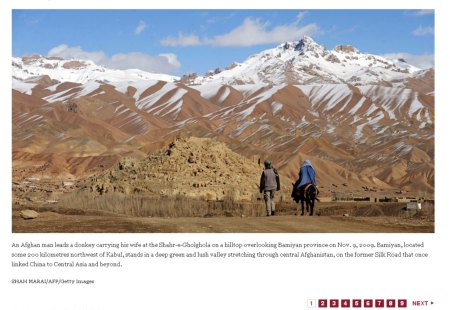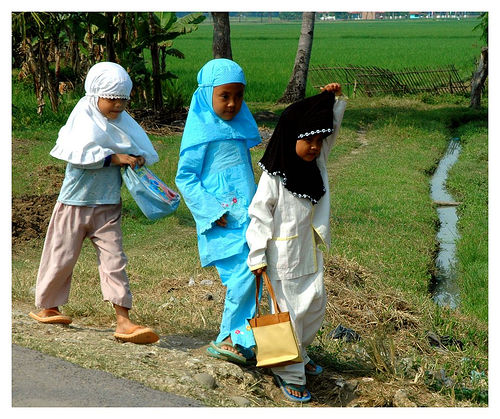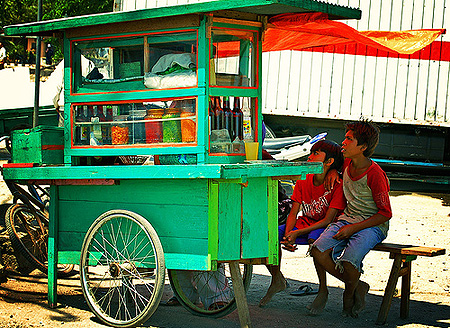
Not only do pictures say a thousand words, they provide insights to worlds, lives and people behind the headlines, news stories and carefully researched in-depth articles. Words can never quite convey the reality of life in conflict zones or after natural disasters.
I found the following photo essays to provide just such insight. They are beautiful as photographs, but also as pictorial narratives that we as visually wired creatures can appreciate, analyze and use in the formation of a more comprehensive picture of world events and places.
The first one is a harrowing and touching photo essay on the aftermath of the 2004 Tsunami in Southeast Asia, put together by Alan Taylor of the Boston Globe.
The second and third collection provide insights into two of the most talked about conflict zones in the world, Afghanistan and Yemen. These photo essays by Foreign Policy show life behind the headlines, often normal and ordinary; historically rich and sometimes stunningly beautiful.


